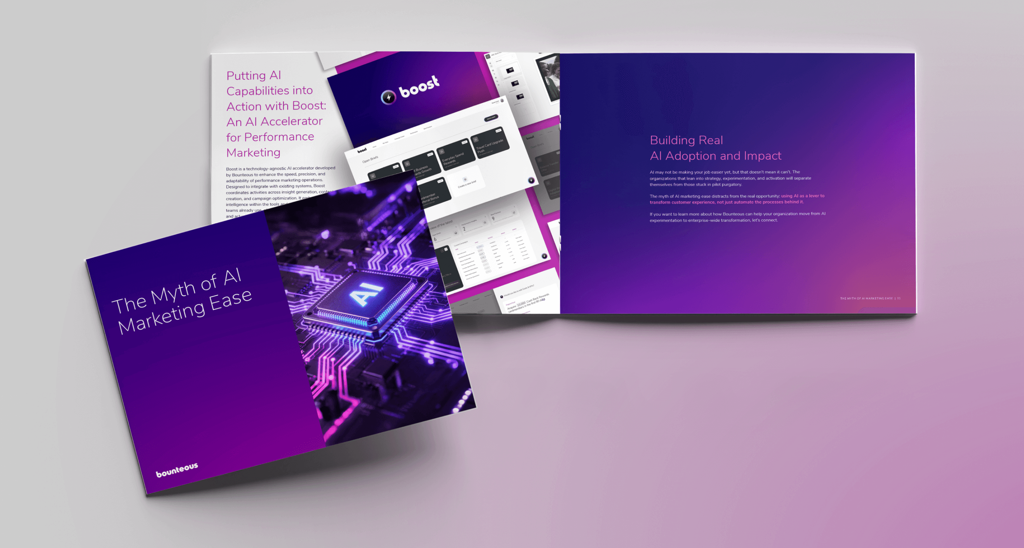It's a Browser Block Party and Not Everyone's Invited
Digital marketing personalization is increasingly finding itself in the crosshairs of regulators and, in recent months, the platforms themselves.
Set against the broad impact of the EU’s General Data Protection Regulation (GDPR), the looming California Consumer Privacy Act (CCPA), and growing consumer demand for transparency and privacy control, browsers are quickly mobilizing to take a stance that demonstrates not just compliance, but a proactive approach to mitigating privacy concerns. In the last quarter alone Apple, Google, Microsoft, Mozilla, and even Facebook have announced major changes to their tracking policies.
While much of this movement is more posturing than action, advertisers and those in the martech and adtech industries are rightly anxious, and eager, to understand the changes that will come and the impact they will have.
To forecast what those could be, it’s helpful to reflect on the status quo they hope to correct; that is, the various ways publishers and advertisers personalize our experiences online.
In the aftermath of the EU’s GDPR – implemented in May 2018 – you’ve no doubt seen the templated “we use cookies” disclaimers on some of your favorite websites. Affirmative user consent to cookies is now required. This hasn’t changed much. Because these websites rely on placing first-party cookies on your browser to provide a tailored experience, it’s mutually beneficial to publisher and user to acknowledge and leverage this cookie. Its purposes range from keeping visitors logged in across visits, keeping items in a shopping cart, or generally delivering a more personalized experience. While regulation has caused some change to first-party cookie “lifespans,” this is of less concern than the planned changes to other cookies, such as third-party cookies.
Third-party cookies are best understood as those placed by companies on websites they do not operate. They give third-party companies the ability to “see” you across your web exploration. Their purpose can be as simple as an ad retargeting you after you left a brand’s site, or as complex as an input into a vast algorithm that learns, defines, and ultimately packages audience behavioral segments for sale.
Third-party cookies are a large component of how digital advertising – specifically programmatic – decides if and when users are served ads. They’re an essential tool in a digital marketer's toolkit. And they could be going away.
In May of this year, Google announced plans to enhance cookie controls, giving users the ability to block third-party cookies while retaining the first-party cookies that, for instance, remember their passwords and credit card information on familiar websites. With Google’s browser and platform market share at 57.4 percent, this could have a major impact on the industry. How major? Programmatic ad spend, of which third-party cookies are the fuel, is projected to hit $60B as an industry in 2019, and make up nearly 85 percent of all US digital display spend.
Absent third-party cookies, advertisers who have spent years honing their skills into a proverbial scalpel, now sit virtually helpless. We’re at a turning point that will force the industry to find new – and rediscover old – ways of targeting that provide value to users and brands alike.
With change afoot, the digital ad space outside of Facebook and Google’s walled gardens could very well fall back on strategies of the past; from contextually targeting ads based on site content, to established private marketplace deals, and even to a return of publisher networks. With the future of targeting being more centered on “people-based targeting,” companies such as LiveRamp have been positioning themselves to lead both publishers and advertisers into the new world,
Another alternative may be for advertisers to put further trust in the duopoly of Facebook (and/or) Google. For Google’s part, their focus on a browser-ID for targeting makes considerable sense; not only are they in a unique position with a majority of US browser market share, but with a business model that lives at the intersection of its vast advertising market and its robust “opt-in” proprietary user data, the combination is a cocktail perfectly mixed for many advertisers looking for solutions that scale.
Just as Apple was effective at killing off Flash, it’s prudent to assume browsers will succeed in killing off cookie-based targeting and tracking. Change is coming, but one thing remains static: The brands and marketers who come out on top in this new environment will be those who adapt to it the quickest.


